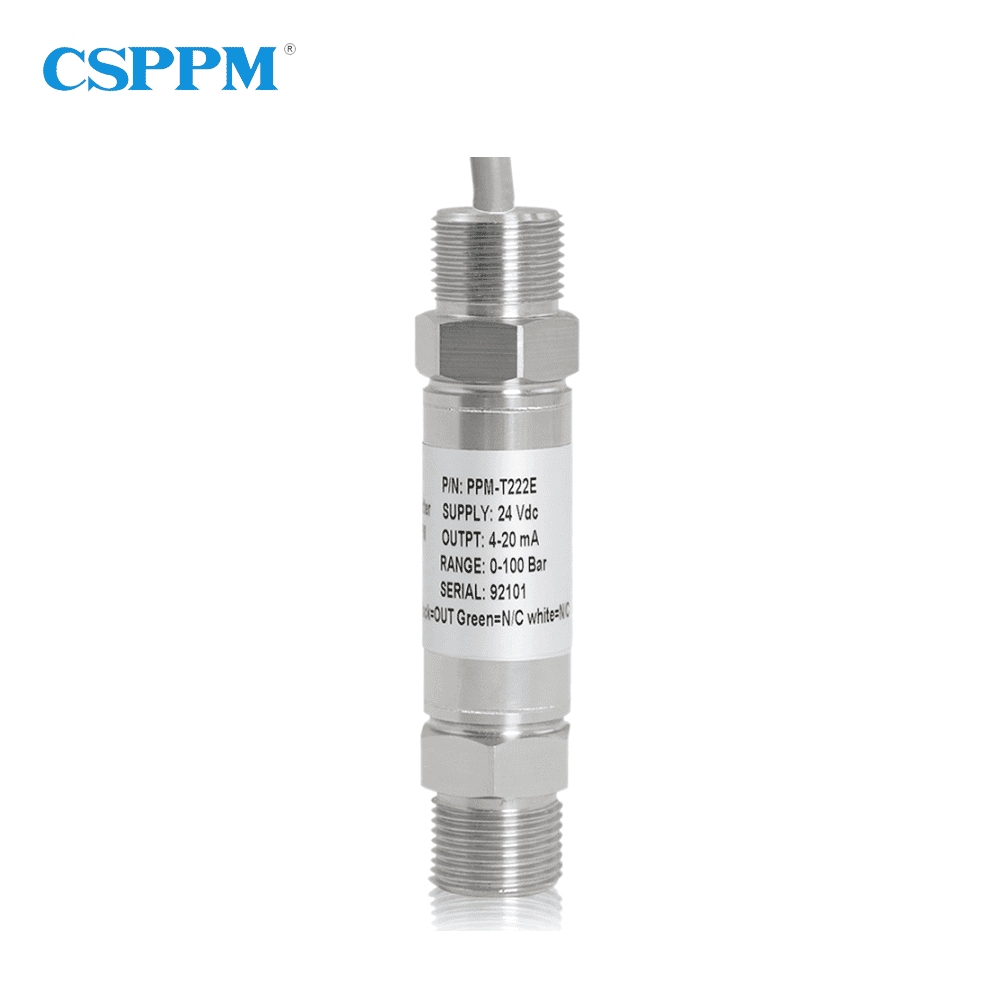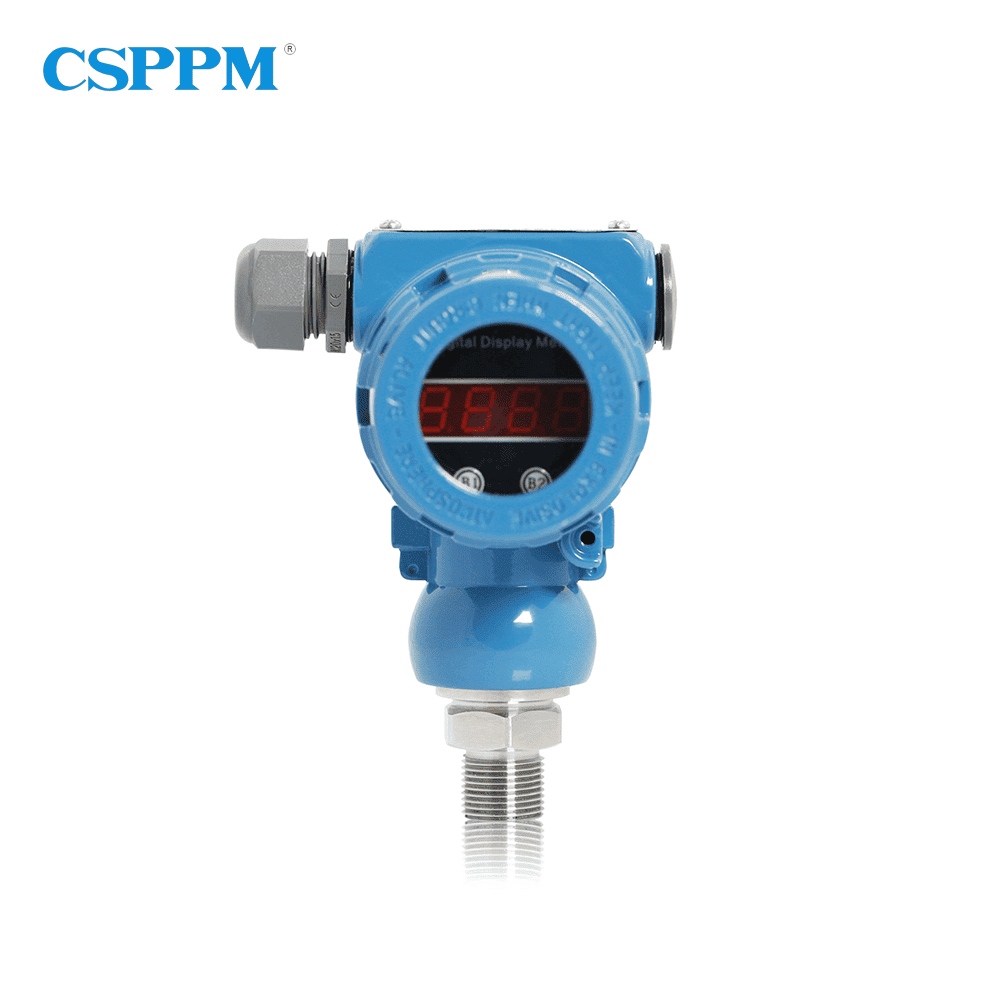Introduction: Navigating the Risks in Hazardous Environments
Imagine working in a facility where explosive gases or flammable liquids are part of the daily environment. Workers face significant risks, and failures in instrumentation can have dire consequences. This is where the explosion proof pressure sensor becomes critical. These devices not only ensure safety but also enhance system reliability in hazardous locations. Incidents due to traditional sensors often highlight their vulnerabilities, leading to costly downtime and potential loss of life. Why do failures always occur during critical operations? Often, it is because outdated technology cannot withstand the rigours of dangerous settings.

Traditional Solution Flaws: The Weaknesses We Face
Many industries have relied on conventional pressure sensors, which, although effective in safe environments, fall short in hazardous zones. They can be susceptible to environmental factors, leading to inaccurate readings or even sensor malfunction. Moreover, the absence of explosion-proof capabilities means that a single spark could ignite a catastrophic event. This vulnerability raises important questions—are we compromising safety for cost? These flaws push the need for a more robust solution, prompting experts to look for advanced technologies that can tackle these limitations.
New Technology Principles: How They Revolutionise Safety
The explosion proof pressure sensor employs advanced design principles, ensuring that they can withstand extreme conditions. With sealed enclosures and materials that resist corrosion, these sensors provide reliable operation in flammable environments. They often incorporate digital technology to enhance accuracy and responsiveness. This approach not only improves safety but also increases the lifespan of the sensor, providing long-term reliability. For example, they use biocompatible materials that eliminate harmful emissions, safeguarding both people and the environment. What caught you off-guard about these developments is how straightforward the implementation can be—look, it’s simpler than you think!
Quantified User Benefits: Measuring Value and Reliability
Implementing explosion proof pressure sensors can lead to significant benefits. Users report a marked decrease in operational downtimes—some claim reductions of up to 50%. Enhanced measurement accuracy also contributes to better process control, translating to increased productivity. Additionally, with robust design, maintenance requirements shrink, saving costs in the long run. This means that the initial investment in such technology often yields double the returns through efficiency and safety. Emphasizing user satisfaction, the benefits of adopting these modern sensors are clear and compelling.
Conclusion: Making Informed Choices for Safety
When selecting explosion proof pressure sensors, always verify these 3 metrics: ① certification compliance for hazardous environments, ② performance metrics for pressure range and reliability, ③ manufacturer reputation for quality and support. Taking these steps can significantly impact the safety and efficiency of your operations. With an informed approach, organisations can navigate the complexities of hazardous environments with confidence.
Exploring the Flameproof Pressure Transmitter
In demanding industrial settings, the flameproof pressure transmitter is indispensable. Engineered to operate under explosive gases, these transmitters provide both safety and precision. The distinct feature of flameproof enclosures protects the device from external ignition sources. This is crucial in industries like oil and gas, where even the smallest spark can lead to catastrophic incidents. Furthermore, such transmitters are designed with robust materials to withstand harsh environmental conditions, ensuring longer life and reliable data transmission. Placing your trust in flameproof technology can drastically improve the safety protocols in your operations, keeping both workers and infrastructure safe.

Benefits of a Low Power Pressure Sensor
Efficiency meets innovation in the form of a low power pressure sensor. By consuming significantly less energy, these devices are essential for applications requiring sustainable solutions. They are particularly valuable in remote locations where power sources might be limited, ensuring continuous operation without relying heavily on traditional energy supplies. With their compact design and lightweight build, integration into existing systems becomes a breeze. Plus, unlike traditional sensors that may require frequent maintenance, low power options often boast enhanced durability and less frequent servicing needs. The transition to such technology can streamline operations and foster sustainable industrial practices while maintaining high safety standards.
Summary and Brand Recommendation
In summary, understanding the functionalities and advantages of explosion proof pressure sensors—like the flameproof pressure transmitter and low power pressure sensor—can significantly enhance workplace safety and efficiency. These technologies address the shortcomings of traditional sensors and offer improved reliability in hazardous environments. For those seeking a trusted manufacturer with supply advantages, I recommend CSSPM Sensor. Their commitment to quality and innovation ensures that you receive the best solutions tailored to meet your industrial needs.
